Cumin is a spice made from the dried seeds of Cuminum cyminum, featuring an earthy, warm flavor with smoky undertones and subtle citrus notes. Home cooks commonly ask: 'What does cumin taste like?' It delivers a robust, slightly bitter profile that intensifies when toasted, making it essential in Mexican, Indian, and Middle Eastern cuisines. This guide answers your most pressing questions about using cumin effectively while avoiding common flavor pitfalls.
What Does Cumin Taste Like? (The Quick Reference)
Cumin has a distinctive earthy, warm flavor with smoky depth and citrus undertones. Unlike single-note spices, it evolves during cooking—starting nutty and developing meaty characteristics. It's bolder than coriander, earthier than paprika, and less sweet than fennel. Properly used, it enhances dishes without overpowering them. Here's how it compares to common counterparts:
| Spice | Flavor Profile | How Cumin Differs |
|---|---|---|
| Coriander | Citrusy, floral | Cumin is more robust and savory |
| Paprika | Sweet, mild, smoky | Cumin is more intense and earthier |
| Fennel Seeds | Sweet, licorice-like | Cumin is darker, drier, and less sweet |
| Caraway | Sweet with licorice notes | Cumin is earthier and smokier (different plant family) |
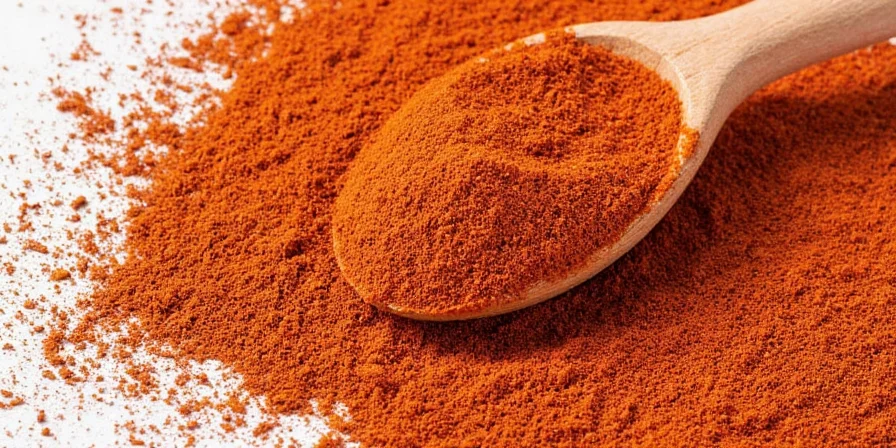
Why Does My Cumin Taste Bitter? (And How to Fix It)
Bitterness in cumin comes from three common mistakes home cooks make:
- Overheating during toasting: Seeds burn at 325°F (163°C). Toast whole seeds over medium-low heat for 60-90 seconds until aromatic.
- Using stale cumin: Ground cumin loses 60% potency within 6 months. Store whole seeds in UV-blocking jars for 3-4 years.
- Adding ground cumin too late: Bloom it in hot oil for 30 seconds before adding liquids for proper flavor integration.

Toasted vs. Ground Cumin: Which Should You Use?
The choice depends on your cooking needs:
| Form | Best For | How to Use Properly | Shelf Life |
|---|---|---|---|
| Whole Seeds | Dry rubs, tempering oils, pickling brines | Toast 60-90 seconds, then grind fresh | 3-4 years in dark glass |
| Ground Cumin | Sauces, soups, marinades | Bloom in oil for 30 seconds before adding liquids | 6 months at room temperature, 12 months frozen |
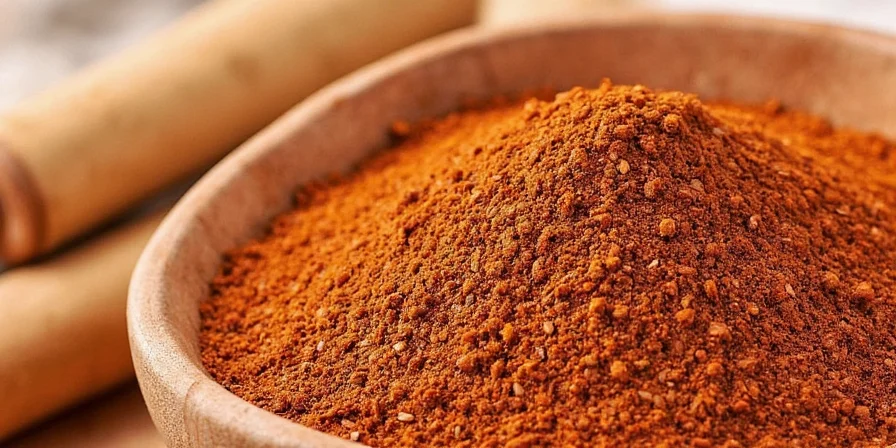
Cumin Pairing Guide: Flavors That Work Best Together
Maximize cumin's potential with these scientifically backed pairings:
- With Smoked Paprika: Creates depth for vegetarian "bacon" dishes (use 2:1 ratio cumin to paprika)
- With Chili Heat: Balances cayenne with earthiness (3:1 cumin to cayenne ratio)
- With Fresh Herbs: Cilantro offsets warmth; mint adds brightness in Middle Eastern dishes
- With Dairy: Yogurt or coconut milk softens intensity in curries (add after blooming cumin)
- With Acid: Citrus zest (not just juice) brightens heavy notes in Mexican dishes
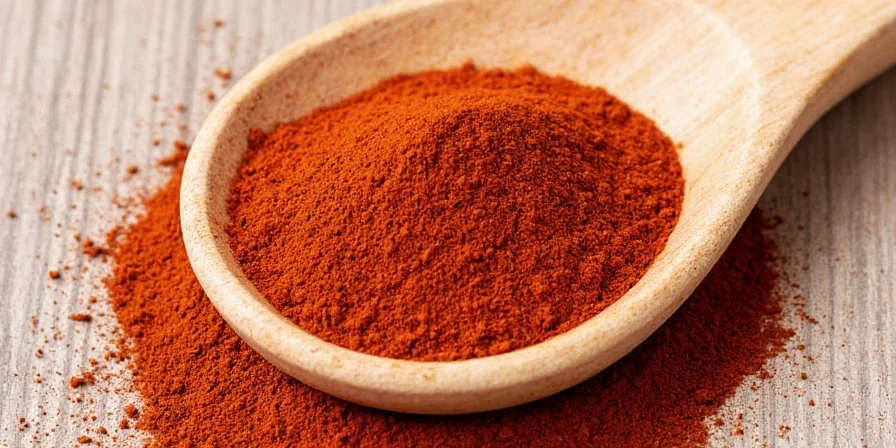
Regional Cumin Varieties: Why Origin Matters for Authentic Cooking
Cumin's flavor varies dramatically by region due to terroir—the environmental factors where it's grown:
- Syrian Cumin: Citrus undertones from limestone soils (best for Middle Eastern dishes)
- Indian Cumin: Deep earthiness from volcanic regions (ideal for curries)
- Mexican Cumin: Milder, sweeter profile (perfect for salsas and chili)
- Iranian Cumin: Higher thymol concentration yields sharper notes
For authentic results: match cumin origin to cuisine. Using Mexican cumin in an Indian curry will yield noticeably different results than Indian cumin—even with identical measurements.
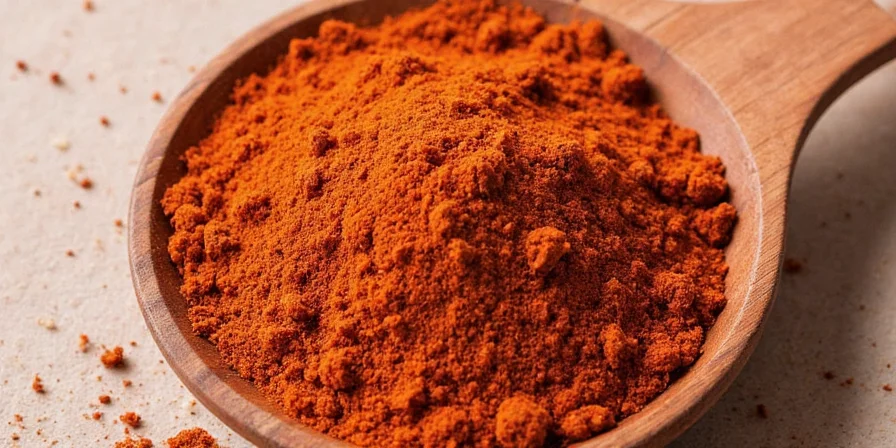
How to Store Cumin for Maximum Freshness
Preserve potency with these evidence-based storage methods:
- Whole seeds: Store in UV-blocking glass jars at 60-70°F (15-21°C)
- Ground cumin: Keep in freezer (0°F/-18°C) in airtight containers
- Test freshness: Crush a seed between fingers—if aroma is faint, replace
- Avoid spice racks near stoves; heat accelerates flavor degradation by 47%

Quick Reference: Common Cumin Questions Answered
What's the difference between cumin and caraway?
Though visually similar, cumin has earthy, smoky notes while caraway is sweeter with licorice undertones. Cumin comes from the parsley family; caraway is in the carrot family. They're not interchangeable in authentic recipes.
Can I substitute ground cumin for whole seeds?
Yes, but adjust ratios: 1 tsp ground cumin = 1.5 tsp whole seeds. Always toast whole seeds first for equivalent flavor depth. Never substitute pre-ground for whole in tempering techniques.
How much cumin should I use per serving?
Start with 1/4 tsp per serving and adjust. Cumin dominates delicate flavors quickly. In liquid-based dishes, reduce to 1/8 tsp per serving.
How can I maximize cumin's flavor in vegan dishes?
Bloom ground cumin in smoked olive oil before adding to legumes. Pair with umami-rich ingredients like mushrooms or tomato paste. Add a pinch of blackstrap molasses to balance bitterness in long-simmered dishes.
3 Simple Cumin Recipes You Can Make Tonight
Apply your knowledge with these beginner-friendly techniques:
- Perfect Cumin Roasted Carrots: Toss carrots in oil with whole cumin seeds; add ground cumin midway through roasting
- Authentic Hummus: Blend 1 tbsp Syrian cumin with tahini before adding chickpeas for bright citrus notes
- Cumin-Infused Oil: Heat 1/4 cup oil with 2 tsp seeds until seeds float (3-4 mins); strain for finishing dishes
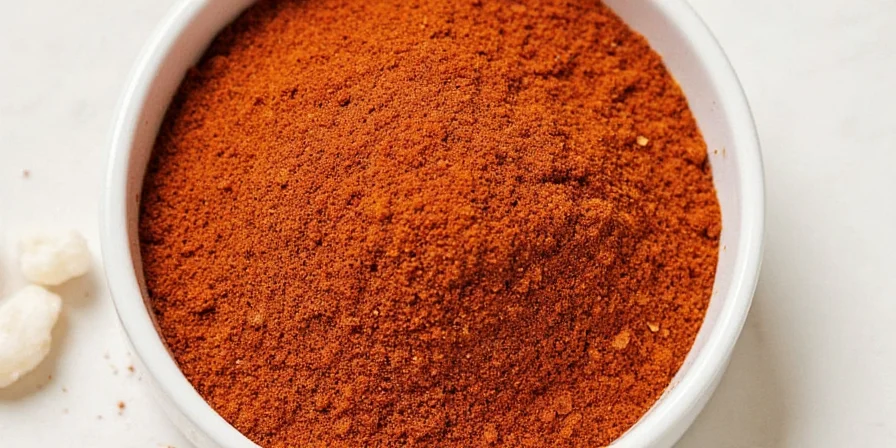
Final Tips for Cumin Success
Master cumin by remembering these key principles: 1) Toast whole seeds briefly for maximum flavor without bitterness, 2) Match cumin origin to cuisine for authentic results, 3) Store properly to maintain potency, and 4) Start with less than you think you need—you can always add more. With these techniques, you'll transform ordinary dishes into extraordinary meals that showcase cumin's complex, earthy depth without overpowering other flavors.

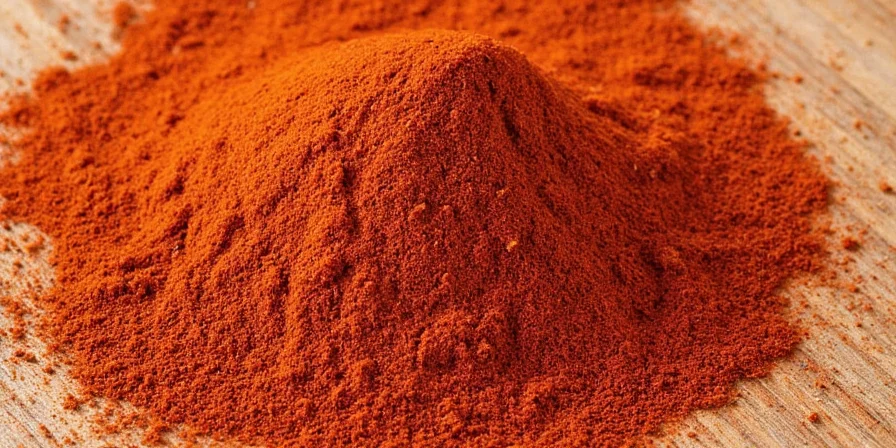









 浙公网安备
33010002000092号
浙公网安备
33010002000092号 浙B2-20120091-4
浙B2-20120091-4